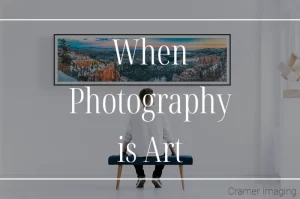Why Your Photos Don't Look Professional
Shop

High end professional photos look different from the ones most people take when they go out touring. Tourist photos often don’t look quite like the ones professionals take. Why is that? There are a number of things which keep your tourist photos from looking like pro shots.

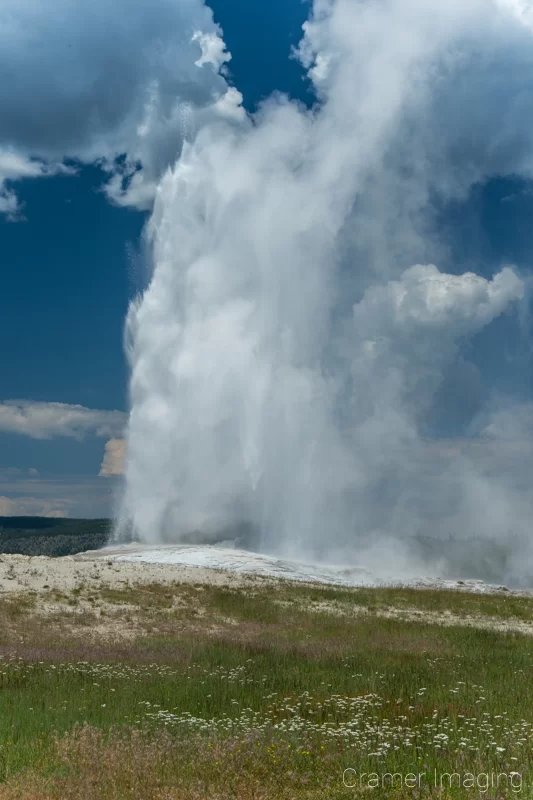
Compare both of these photos of Old Faithful.
Gear
If you notice your photos don’t look like professional photos, you should start by looking at your camera gear. Your phone’s camera might get some decent shots, but the lens is fixed and of a short size and focal length. The sensor is small, and the settings just aren’t there. While phone cameras are getting continuously better, they will never catch up to a full professional camera with numerous interchangeable lenses, a very large sensor, tripod, etc.
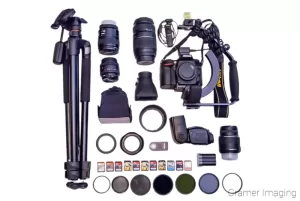

Compare the substantial gear depicted here with the tiny camera in this phone. There’s no comparison.
Of course, quality gear doesn’t make a good photographer and some great photos can come from bad cameras. However, a better camera will always produce a better image if the same level of skill is applied.
Training
 While some photographers managed to make it into professional circles while being self taught, most have at least some formal photography training. Even the “self taught” ones go to considerable effort in reading and learning on their own. Training makes up a lot of the difference between looking amateur and looking professional.
While some photographers managed to make it into professional circles while being self taught, most have at least some formal photography training. Even the “self taught” ones go to considerable effort in reading and learning on their own. Training makes up a lot of the difference between looking amateur and looking professional.
First, you have to learn how and why your camera works, what each setting does, and when and why you would want to use it. Then you have to learn about your specific type of photography. Believe it or not the skill set required for wedding photography is vastly different from that required for wildlife photography, macro photography, landscape photography, or many other kinds of photography.
Each professional photographer learns his or her talents, pursues the direction best for him or her, then goes to the effort to learn how to take great photos.
Practice
It can take years of practical practice to begin to produce professional quality photos. For me, it took more than five years of arduous practice with sometimes brutal online feedback to learn what works and what doesn’t and this was after some formal training.
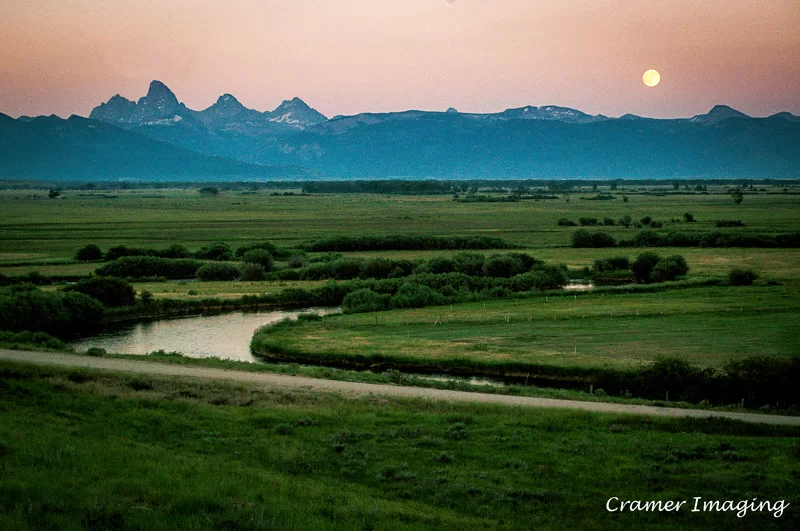
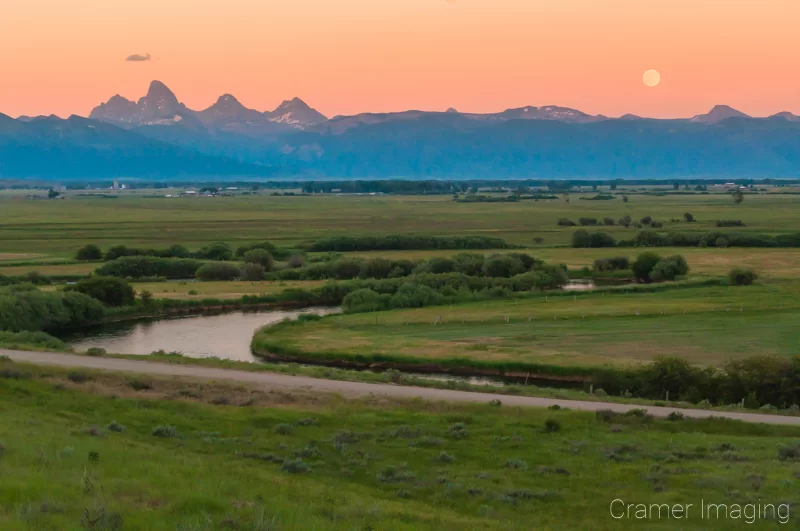
You have to go out and get the shot then see if it works. At first, what you think works will not be what others like. As you develop skill, some of what you thought was your best stuff will soon look bad to you. The more you develop as a photographer, the harder you’ll be on your work and the more your work will improve.
Patience
Professional landscape, wildlife, nature and a lot of other photographers require a lot of patience. Wildlife isn’t exactly cooperative, and some of it is dangerous. With landscapes, you have to wait for the weather and light to be exactly right. It might take more than one day, or more than one trip. Ansel Adams supposedly would spend days hiking around to get the angle, and more days waiting for just the right light.

Research
Along with patience comes research. While this part applies mostly to people like landscape, nature, and wildlife photographers, even wedding photographers will usually try to research a venue before shooting the job and portrait photographers will research locations before doing an on-location shoot. Landscape photographers will read about locations before going.
We read about the location and check the angles of the sun on the day we’re going. We look at Google Earth to determine where we might be standing and where the light is going to be best. Also, we check the weather. We want some clouds, enough to make the sky look interesting but not enough to make the light bad. Even with all of that, we don’t often get the shot on the first try. We usually have to make a trip back at least once to get the shot we were going for.
Flexibility
As noted above, we don’t often get the shot we’re going for on the first visit. That initial visit is usually a scouting visit, but that doesn’t mean that we don’t usually get some shot we can use. Some of our best shots have been things we’ve just gotten at the last minute, or that we weren’t planning for.

Dedication

While you can sometimes get a good shot when you arrive at a location, at other times, you must wait for conditions to be right. The best shots for landscapes are almost always a few minutes after sunrise or a few minutes after sunset. That means if we want the truly amazing shots for our portfolio, we have no choice but to get up rather early.
For one series of photos we would regularly leave at 2:00 am to get to one of several destinations by dawn which was in the 6 to 7 am range. It’s not fun scraping yourself out of bed that early just for a long, cold, and dark drive to a remote location but that’s the kind of dedication professional quality photography requires sometimes.
Editing
If you still feel your photos don’t look like professional quality photos, then try changing your editing style. Once you take the photo, then the real work begins. Now a journalistic photographer might only fire up editing software to adjust the exposure and sharpness but a fine art photographer will do more. Fine art photography is about creating beauty. Sometimes we smooth the water or replace the sky. Often we remove tourists. Even in the days of film, many photographers would spend hours in the darkroom using various effects to get just the image they wanted.

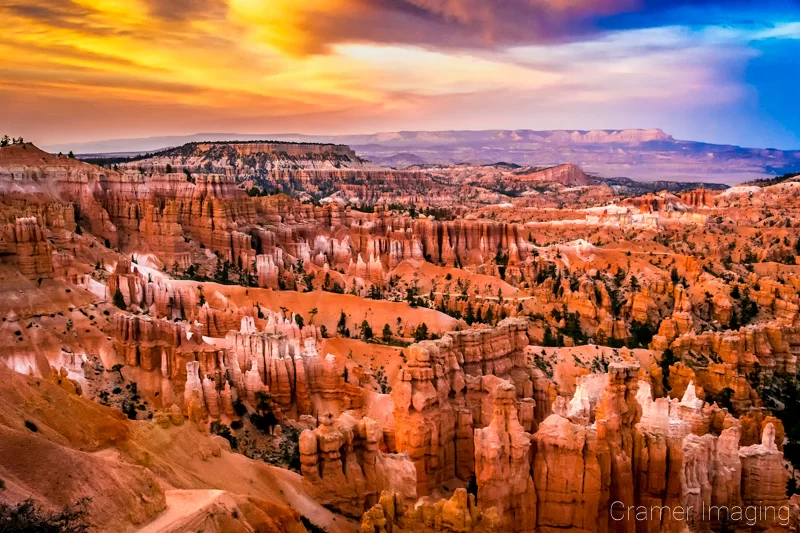
It takes lots of editing to develop the raw photo on the left to the finished photo on the right. Buy Prints
Conclusion
Professional photography is very much a lifestyle. While everyone else is enjoying the sights, photographers are looking at the light, checking the angles. Looking for ways to get shots with no one in them.
There are a lot of things that go into making a professional quality photograph. It’s more than wanting to take photos, or having a good camera. If you will put in the same level of effort and study over time, then you can take photos like professional photographers do.
Hope that answers your question about why your photos don’t look professional quality.
Best Sellers
Cramer Imaging Newsletter

Receive monthly updates in your inbox from us.



